#nrityablr
Explore tagged Tumblr posts
Text






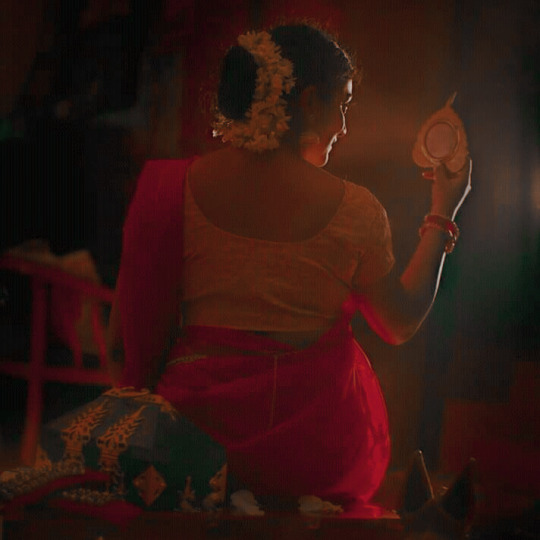


A moodboard after a looooong time inspired from the Marathi song Chandra.
Taglist: @itsfookingloosah @navaratna @allegoriesinmediasres @mrs-tomato-head-again @lil-stark @manwalaage @arachneofthoughts @bluebeadss @kajaaaaaaal
292 notes
·
View notes
Text
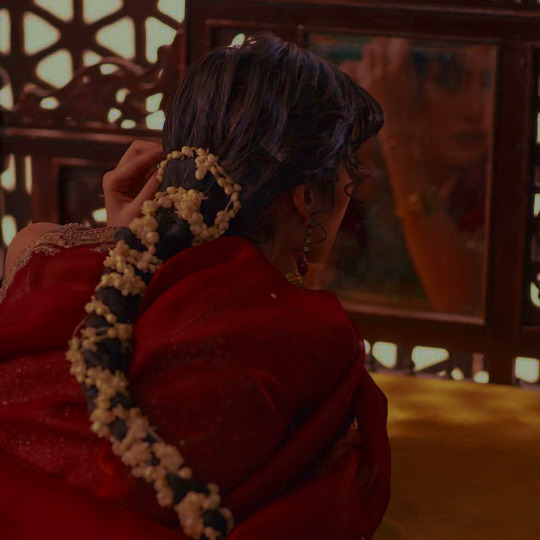






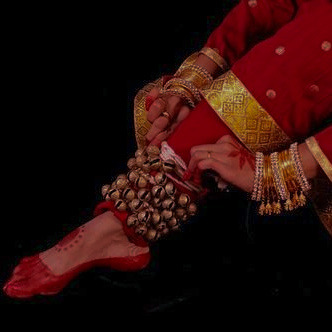

Only a fellow sufferer, only someone who knows what it is like to burn in your own fire, to be consumed by your own passion will understand how I feel. And so I address myself to the flame -- not the moth.
What does the moth know of passion?
Requested by @reallythoughtfulwizard
This was inspired from Nandini's story by Seema Anand, an ancient tale of love and passion.
Taglist: @navaratna @allegoriesinmediasres @bluebeadss @arachneofthoughts @lil-stark @manwalaage @itsfookingloosah @kalavathiii @thewinchestergirl1208 @lok-dayro @kajaaaaaaal @balladofableedingpoet
#danceblr#aesthetic#indian aesthetic#classical dance#desi aesthetic#dance#moodboard#kathak#kathak aesthetic#nrityablr
221 notes
·
View notes
Text
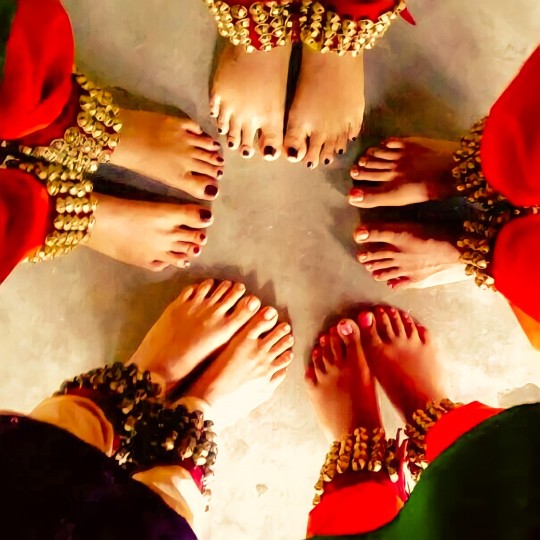





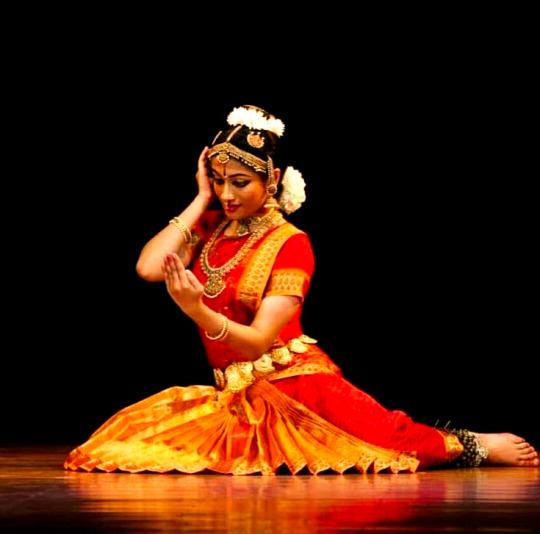

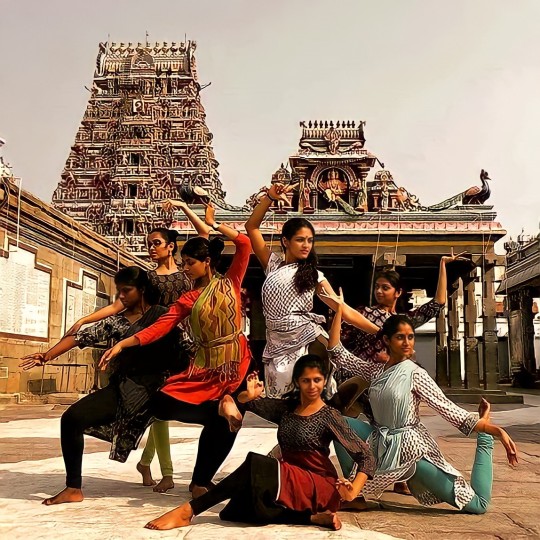
Pov: You finally opened your own dance academy and have your own dance troupe
#dance moodboard#dance content after??? I think a very long time#to all the dancers who dream of this#keep working hard keep dancing be happy and healthy take rest and keep dreaming#dance aesthetic#classical dance#dance#aesthetic#desi aesthetic#bharatanatyam#danceblr#nrityablr
322 notes
·
View notes
Text
Indian classical dance movies/documentaries you can watch (1)
Lasya Kavya:
'Dance is a prayer with my entire being; not a formal austere ritual, but a transforming experience.' - Alarmel Valli
Personally, Alarmel Valli's dance has a special place in my heart. It's not only her dance that binds you to her, but it's also her thoughts and her beautiful creative mind that expresses itself through her movements and expressions. There is poetry in her movements, and somehow her performance is always captivating.
Lasya Kavya is a documentary on Alarmel Valli and her dance journey. Even non dancers who are into other creative pursuits can still connect to her. And if you are someone who isn't really into the arts, this documentary still holds some great insights to bharatanatyam so one can definitely give this documentary a chance.
Maya Ravana: In the Spirit of Ramayana:
Maya Ravana is a dance ballet on Ravana from the Ramayana. This dance drama has been one of the enthralling works of Shobhana Chandrakumar Pillai, who has also starred in many Malayalam films.
As the name suggests, this dance drama showcases Ravana, the Lankan ruler as a charismatic man, who is well versed in magic too. The dance drama unlike other purely classical dance performances has used film songs and dance sequences, yet the narration, the storytelling, colourful costumes, well-written dialogues and obviously Shobhana's choreographies make Maya Ravana in the must-watch list.
Given to dance: India's Odissi Tradition:
'You danced in the temple and I dance on the stage. For you, what is the difference between us?'
'You dance outside, on the stage. To you, dance is art and knowledge. We danced only inside the temple, as service to the God.'
When we talk about the history of Odissi dance, one cannot forget the Maharis, the temple dancers of the Puri Jagganatha temple. This documentary has some rare footage of the Maharis who were very old to dance, yet some some of them obliged to show some of the steps.
Both, Odissi and Bharatanatyam have been temple dance forms originally. Odissi too had lost its respect after the British and it was a hard task to reconstruct odissi again.
This documentary was the one that made me serious about learning Odissi again because I wasn't that interested in it before because I was already doing bharatanatyam and I already had a brief experience with Odissi in childhood.
This one shall provide a lot of insight for Odissi dancers to appreciate the history and the original perfomers of this beautiful form as well as this videos serves a dual purpose of providing historical and cultural knowledge for dancers who learn other forms than Odissi as well as for people who aren't into dance yet want to know about the history and culture of the various forms.
Natyanubhuva: "Dance in India is a celebration of the Body, the Mind and the Spirit. And in its evolution, it is universal and timeless."
The introduction of this documentary is sure to give you goosebumps. As a dancer, I don't think I will ever have words to explain how I feel when I dance, but the intro part does the job.
This documentary is the base for anybody to understand why Indian classical dance exists and how across centuries, this form is still relevant to the Indian society. Very beautifully, it begins with the Dhyana shloka which is learnt by all the dancers learning dance. It then proceeds to explain the relationship of the Art and the Artist.
Then we have how is a dancer's body visualized as a temple and the sacred space that surrounds the body which is adorned with movement and embellished with music.
If I wrote more about this one, I will reveal all the content present in it. This documentary too has some eminent dancers talking and presenting their respective dance forms and there are some very famous pieces of each dance style that shall provide a basic idea and may help you differentiate.
And just in case, if you have wondered what purpose dos these age old dance forms have which show stories of gods, goddesses and demons from epics of ancient eras, this documentary will give you the answer.
Documentary on the Thanjavur Bani of Bharatanatyam by Guru. K.P. Kittappa Pillai:
Fifth generation descendant of Sivanandam who was one of the Tanjore Quartet and the grandson of the legendary Meenakshisunsaram Pillai, Kittappa Pillai has contributed immensely to the Thanjavur Bani of Bharatanatyam. Bani here means a style and bharatanatyam itself has many styles where the basic format is same across all styles but there are slight variations in the number of adavus or in the technique or maybe in the movement.
This documentary unlike Laasya Kavya doesn't tell much about Guru Kittappa Pillai's journey in dance, rather it shall take you directly to the dance tradition. This documentary entails a brief history of the dance form and quickly moves on to various clippings of different Adavus which are the basic steps a dancer learns before moving on to the items.
I personally think that this documentary would be great for someone who hasn't stepped into the world of classical dance ever because they tell you the basic here as well as there are brief explanations of the dance pieces shown here. Overall a good one to appreciate how old the dance form is as well as to appreciate the sincere work of such gurus to keep the art form alive.
»»——⍟——««
Hi! It took me almost a year to find these gems out of which I have added only a few of them in the first part. I will be making more of these parts. I belong from a generation where majority of youngsters barely have any idea about classical dance and music. Being a classical dancer, I would like to spread word so that more people can appreciate the form and somehow this artform sustains.
Dancers, musicians and the audience together shall only sustain this artform that has been passed down from centuries with the help of gurus and patrons. It saddens me at times when I hear my peers ask what's the point of learning and performing all this when it is not as popularized as modern and western dance forms on television and media.
These documemtaries contain rare footage and lots of knowledge and information about the significance of dance, it's place in society and how it has helped develop such a beautiful and diverse culture.
I hope, many of you take some interest in these parts and I will be glad if you share some of the things you took from these videos or just any general discussion about them.
27 notes
·
View notes
Text

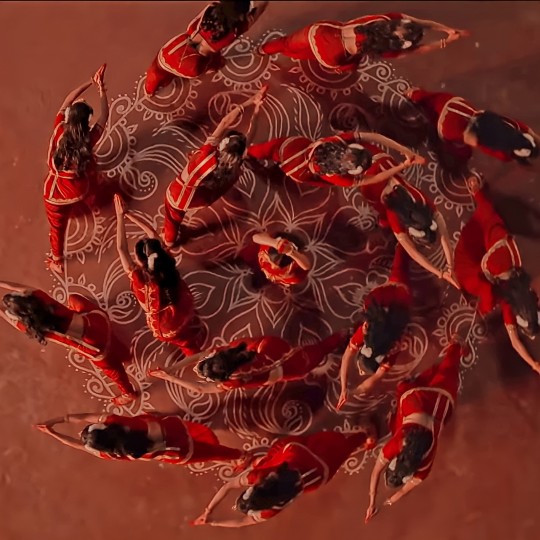







I folded my hands for you, goddess of dance
Queen of us all
It is your duty to protect the needy (the one abandoned)
Won’t you listen to my request?
ll Saranantine Janani Naadha Vinodhini
Bhuvana Paalinive,
Anaatha Rakshana Nee Vidhi Kaadhate
Moravini Cheravate ll
#sai pallavi#movies aesthetic#classical dance#nrityablr#dance#desi aesthetic#dance aesthetic#I watched shyam Singha Roy. the movie was lovely
185 notes
·
View notes
Text




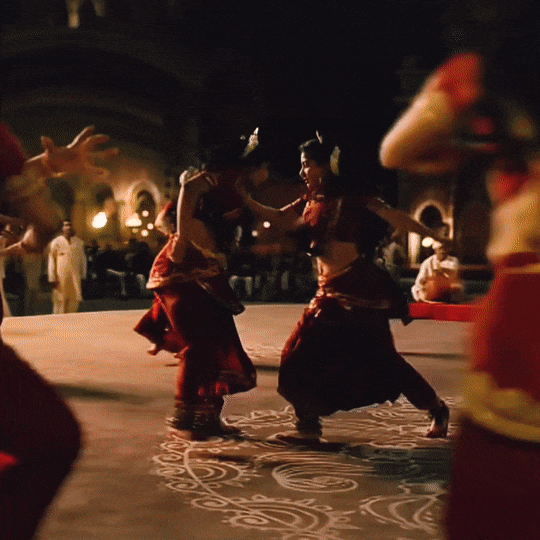



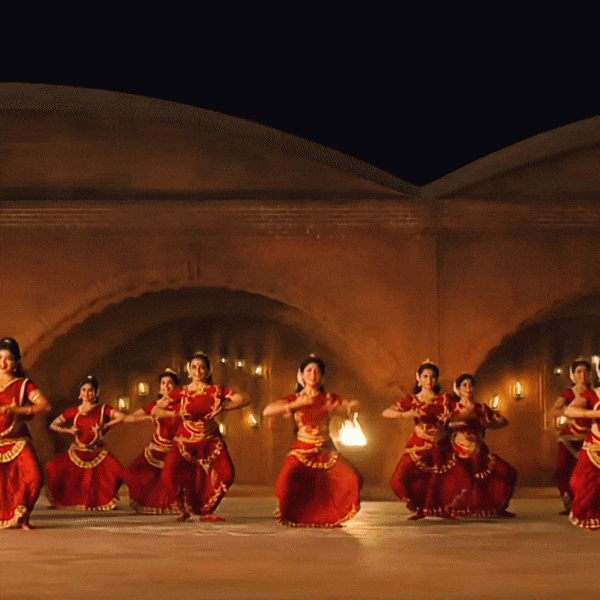
Sai Pallavi as Maitreyi from the movie, Shyam Singha Roy
Tried out making gifs for this song. I also learnt how to add filters to gifs and videos so will try and make some gifsets too for this movie now.
143 notes
·
View notes
Text

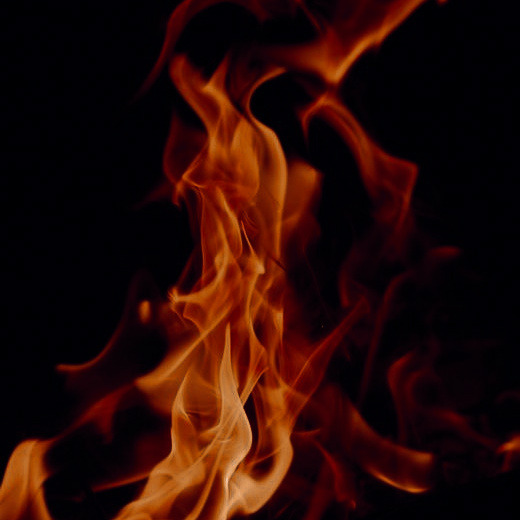
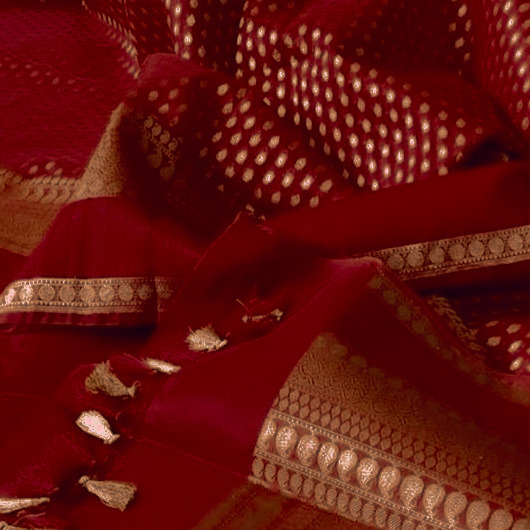


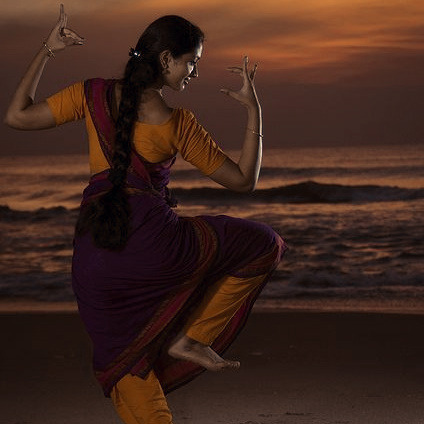


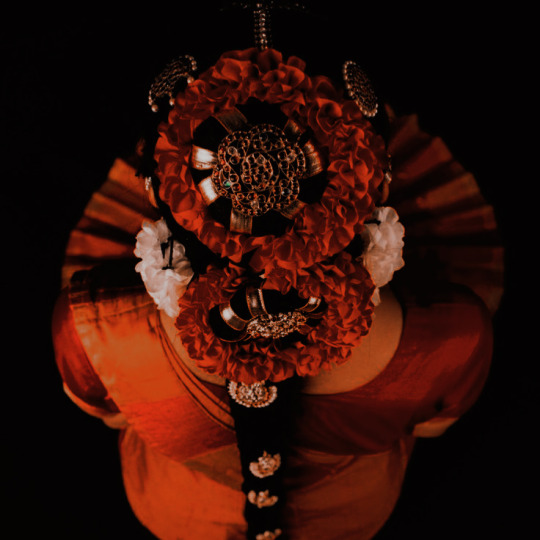
ll Sharvani: The Lord's Beloved ll
Shun that elegant script! Read these letters formed by my tears. My hair is not to be tamed in a decorated braid. It should be kept open, unbraided and wild, just like Her.
This body is the purest of all, pure like Him.
Where is the slave? Who is the slave?
I am the Lord's Beloved!
~Amma's Tale
Dancer OCs
(Do know if you all want to be tagged for these moodboards)
#hello I am back with another moodboard#classical dance#dance#aesthetic#desi aesthetic#bharatanatyam#danceblr#nrityablr#moodboard
67 notes
·
View notes
Text
Would a big city ever give me a beautiful dark stage under the moon and her companions, the twinkling stars?
I should have bowed down to the stage, the one bestowed by Prakriti herself, yet I would stomp my feet on her bosom and hurl abuses over my fate.
Time has passed by, and I sit often alone on a cemented platform under the night sky. The sky stretches wide which reminds me of the dark hall before the curtains part. The stars are little diyas that are lit before a performance, and somewhere I feel they welcomed me before I could.
The endless amounts of CDs and DvDs shall never compare to the music nature taught me to sing and dance. I learnt how to dance without holding back and I saw a star smile back at me. The wintery breeze hugs my flesh, and my soul feels warm. I know not if it's a void inside me of if I am full within, now that I have found my heart's desire?
When my fingers flutter to the melody of the night breeze, I see a leaf gently land on my hand. When I show the moon with two fingers and bring my hand to the sky, I see the moon reveal her glorious form after removing her veil of dark clouds.
There is just so much of music, dance and storytelling going on even when things are going hard, but I know that if not people, the night sky will forever be the one with me, until I take my last breath.
#samridhi writes#guests have come home. I have a headache. dance class got cancelled today. I can't dance because we have guests.#I want to dance#anyway j will leave this chotu piece here and sit and study#danceblr#nrityablr
9 notes
·
View notes
Text
Mood boards for the items in odissi repertoire (1)


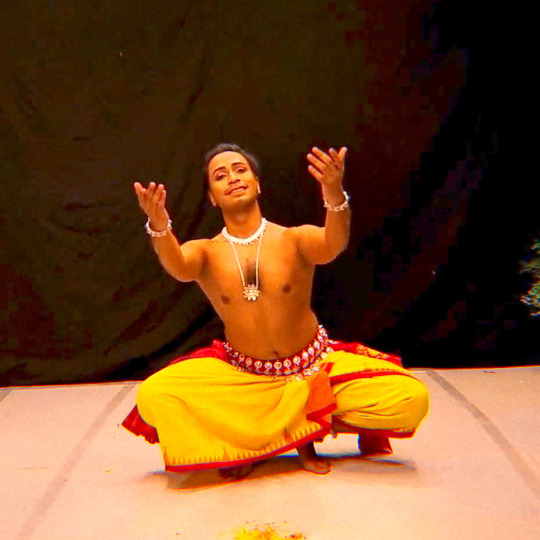

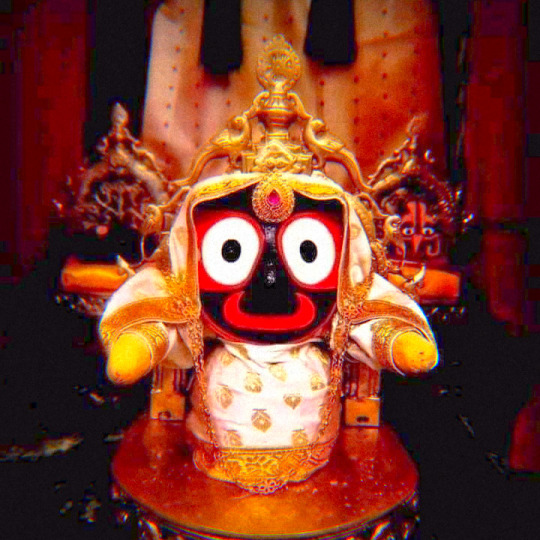


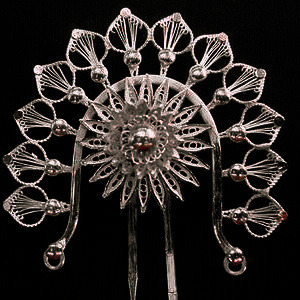
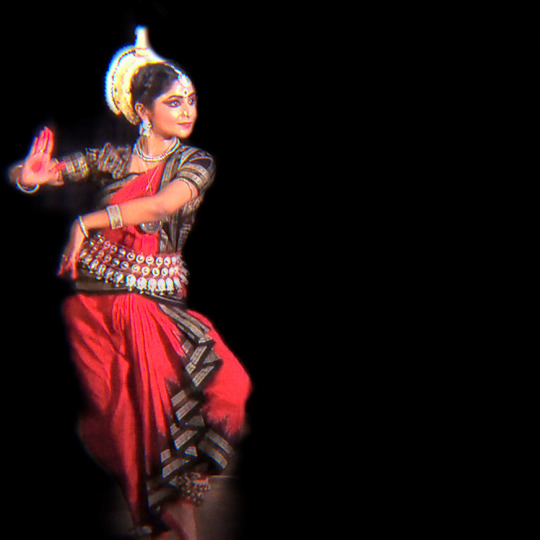
Manglacharan: The first item of the traditional repertoire where the dancers enters the stage to a shloka dedicated to Jagganatha who is placed on the stage for he is also the presiding deity of the dance form.
The dancer offers flowers to him which is called the pushpanjali and takes his blessings after which the dancer moves to the center stage to do the Bhoomi pranam which is a prayer to Mother Earth to ask forgiveness from her for stepping on earth.
Following the Bhoomi pranam, the dancer dances to a shloka dedicated to any God mostly it is Ganesha for he is the remover of obstacles and is the first deity to whom prayers are offered.
After the Bhoomi pranam, there is a segment called the Sabha pranam, homage to the audience which is done in three parts called the Trikhandi where homage is first paid to the God, the guru and finally to the audience.
The dancer then exits the stage after saluting the spectators of the presentation.
Taglist: @navaratna @svapnakalpa-mareechi @lil-stark @bluebeadss @allegoriesinmediasres @arachneofthoughts
#odissi#nrityablr#odissi came much later in my life and I took it up to be more closer to my heritage as an odia who lived most of her life outside odisha#my younger self didn't really connect much to the dance form until recently#I began reading how the dance came into being and the history behind it#also one thing I love about this item is where respect is paid to all from the gods in heaven to mother Earth.#danceblr#classical dance#aesthetic#indian aesthetic#moodboard
51 notes
·
View notes
Text
There is a bharatanatyam dance production by the name Charumati which focuses on the story of Charumati, Krishna's daughter.
And guess what?
.
.
.
I don't have my own money to watch this 🥲
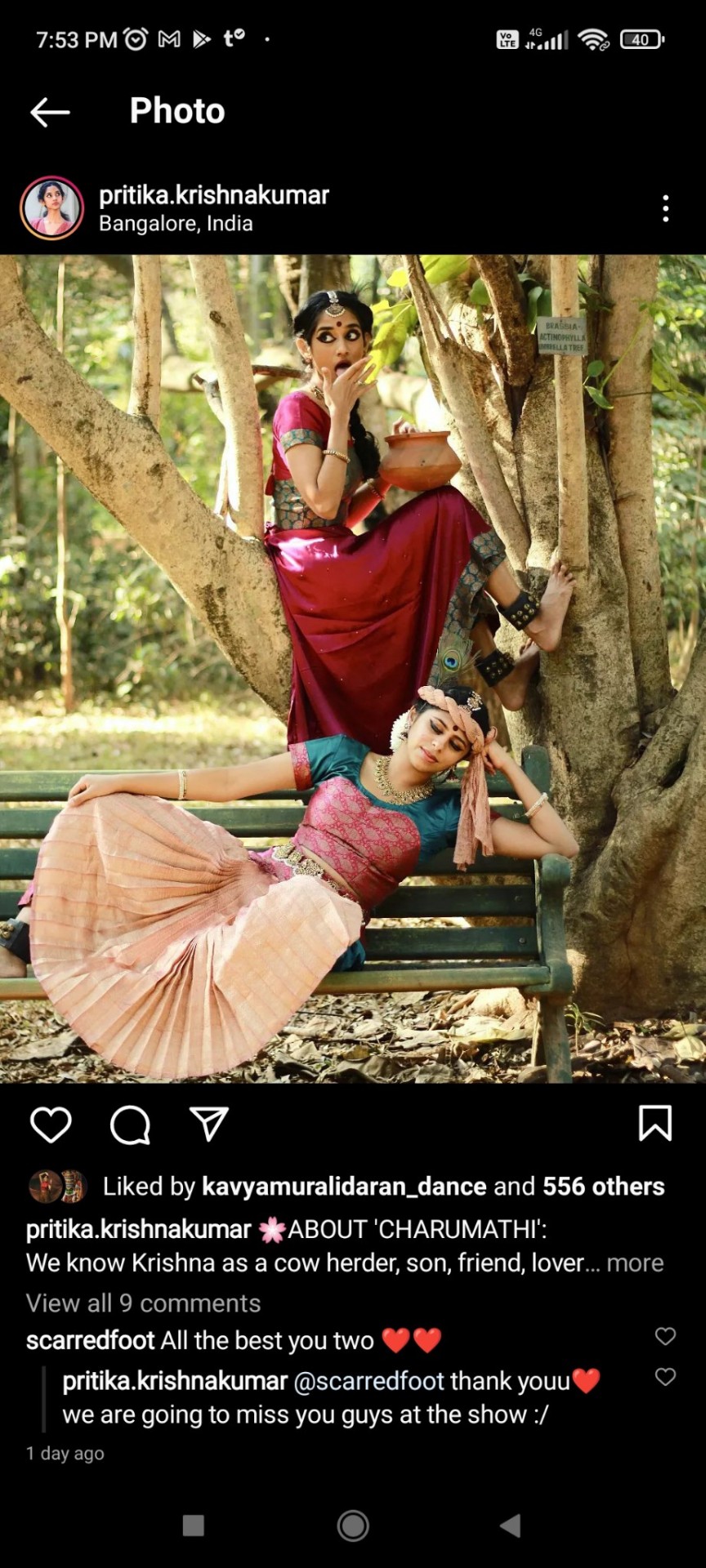
You see the one eating Makhan, she's Charumati.
21 notes
·
View notes
Text
An unofficial beginning of the Nrityamasika
This is going to be more like a casual write up because this struck me right now. To be honest I have always thought about it but chose to express some of my thoughts right now.
I have seen some of the young people coming up to me telling me how classical dance is restrictive and does not allow one to express themselves.
This is both true and untrue.
What actually is the purpose of dance or let me say nrityam. Now as soon as we write a sanskrit word, we think oh my god this is going be something complex or mystic.
Let's begin with the Natyashastra which is the backbone of all forms of dance in India right from the classical dance forms to the folk styles.
Note: The difference between folk dance and classical dance is another topic. I will soon post something about it.
So the Natyashastra is a manual for music, dance and drama. What's common among them? Stories. Be it a tune from a flute or a tabla, the tunes sparks imagination inside one's mind and imagination leads to a story. Moving to dance -- a dance is a story of movements. Movements form a story. Let it be the abstract dance piece, they still create a story. And drama is obviously again a story, a presentation of a story which could be fictitious or be based on a real incident which again is a story.
Now the youngsters issue. Classical dance is majorly based on the topics of worship and devotion. The items only talk about a relationship with the divine. 'I don't relate to it.'
From my personal experience, I could never relate to dance piece on Ganesha. Even though I have always adored the festival of Ganesh chaturthi, I could never invoke the bhava and rasa on ganesh vandana. But it is in the tradition to first learn the ganesha item. (That's what we do in odissi. The Manglacharan begins with Ganesha)
Does that mean I should find it restraining? This artform has its steps to learn. To find your presence, your touch in the artform, you need to find ways to make it work according to you.
Who to blame for people not liking or enjoying the classical arts? It's all of us. Today I see parents sending their children to dance class because their neighbour's child won a prize in their dance competition. It is no more a learning experience for the child but some kind of a race.
Why will a child find interest?
Ten years back or back when the veterans of the classical arts learnt under their respective teachers, dance was taught along with music, poetry and literature. Today parents and children are in a rush to bag performances and arangetrams/rangapravesham/manchapravesh. In a two hour class or one hour class once a week the sole motto is to end learning this artform and move on the next.
A five year old child should be provided with ample of time to know these stories. Personally I believe to express your own self through dance can happen when one is well versed and thoroughly trained and learnt the traditional format. Surely new ways of teaching methodology can be implemented due to advanced of science and technology as well as for the ease of understanding in children.
But the root core? The philosophy on what this dance is based on. Before one heads to stage to express oneself, it would be better to find themselves through the 'traditional' characters they are taught to.
Today the dance training is limited. It's sad to see children choosing other forms because it is seen as more liberating.
I choose to end it over here. I am aware of many people learning dance and would love to hear their views. Surely this topic is open to debate, but I wanted to put forward some of my own thoughts.
For me, this is a misconception that classical dance is restrictive. It isn't only limited to a performance showcasing a devotee worshiping Nataraja or any deity. Dance has been used to showcase various philosophies and themes but these shows haven't bagged much spotlight.
That's it. Thank you.
May you keep dancing always in this dance of life.
18 notes
·
View notes
Text
How does a dancer die?
23 notes
·
View notes
Text
A Bharatanatyam dance article which got me thinking
Seriously read this though. I don't know how to ask the questions I have inside me. Maybe you feel the same too sometimes. And even if you aren't a dancer but are curious about dance and its history you can read this article too. There will be an option for independent researchers where you will find an option for reading for free, click on that and you will gain access to it.
39 notes
·
View notes
Text

I found this photograph from Pinterest and I am just waiting for the say my body would turn flexible to strike a pose like this.
There's a reason why dance is also called Nritya yoga 😭❤
35 notes
·
View notes
Text
Bring classical dance back to films!!! I am begging now
15 notes
·
View notes
Text
'If you perform in front of ten people, it stops there. But, if you prepare ten performers, the art reaches many more souls.'
7 notes
·
View notes